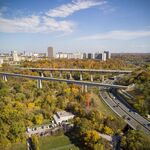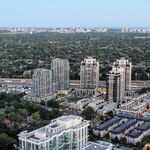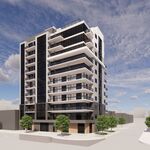golodhendil
Active Member
^ how is it like in Chicago?
In Boston, both the Red and Green lines have multiple end branches (2 for Red, 4 for Green) that share the same central section, so it's basically the same as interlining. Other than the fact that the wait could get a little frustrating on the Green line during off hours (when you see trains on the other branches passing by and not yours), I don't see significant shortcomings with the setup.
As for NYC, the few times I was there I have not experienced any major problems either.
Interlining and/or multiple end-branches is actually very common around the world, such as the London Underground. and the Japanese systems like Tokyo's where the metro, suburban, outer-suburban and mainline often share the same corridor or even same tracks/platforms. Not that I support reintroducing interlining to Toronto though. With the current network, I do not see a need for this.
In Boston, both the Red and Green lines have multiple end branches (2 for Red, 4 for Green) that share the same central section, so it's basically the same as interlining. Other than the fact that the wait could get a little frustrating on the Green line during off hours (when you see trains on the other branches passing by and not yours), I don't see significant shortcomings with the setup.
As for NYC, the few times I was there I have not experienced any major problems either.
Interlining and/or multiple end-branches is actually very common around the world, such as the London Underground. and the Japanese systems like Tokyo's where the metro, suburban, outer-suburban and mainline often share the same corridor or even same tracks/platforms. Not that I support reintroducing interlining to Toronto though. With the current network, I do not see a need for this.




